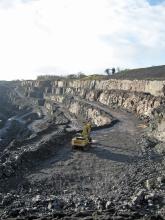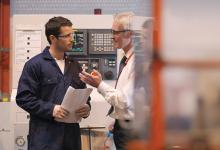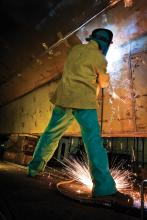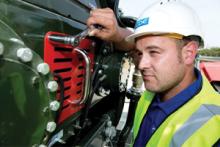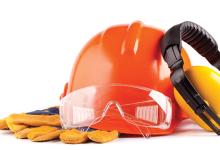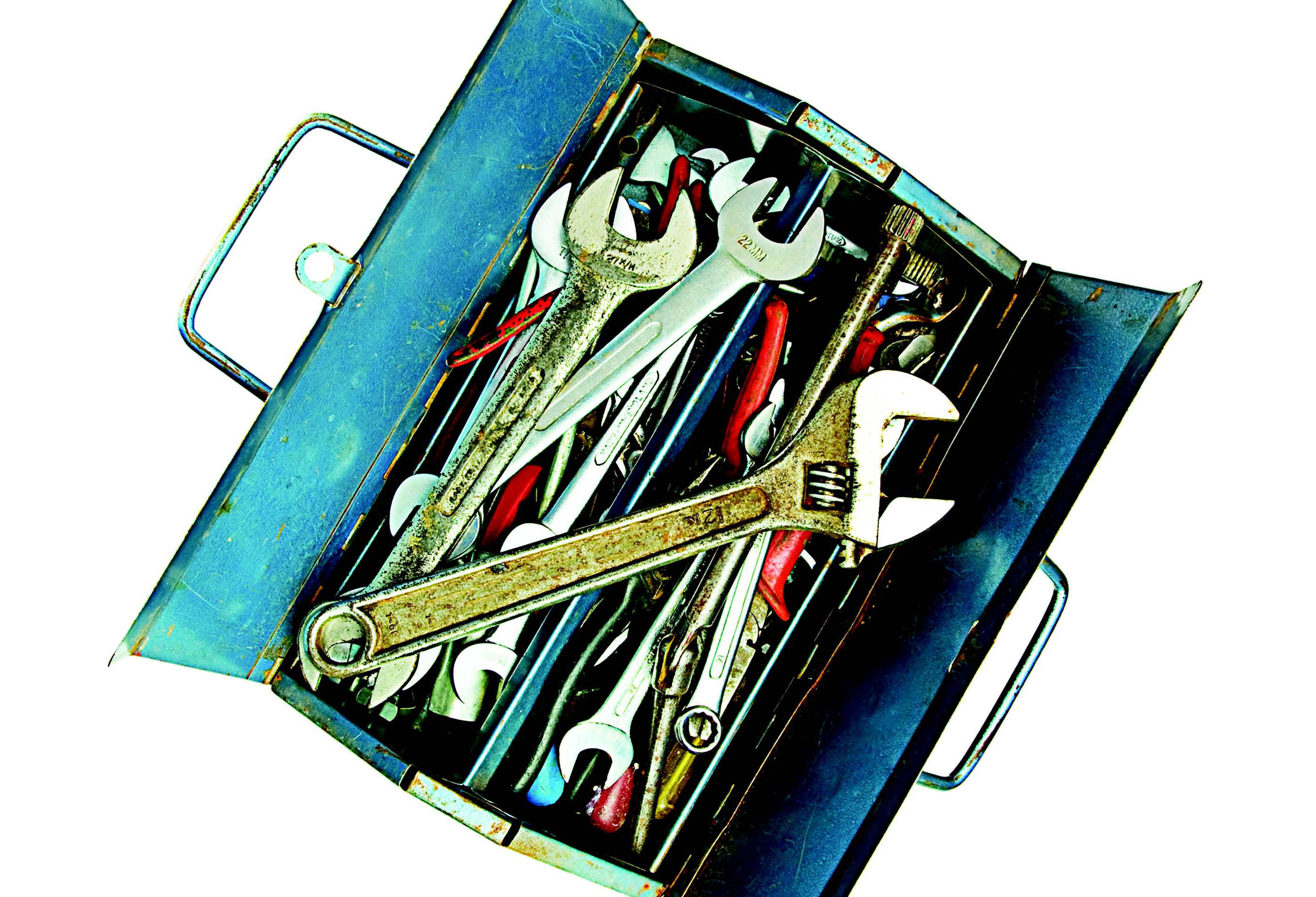
Maintenance is not the exclusive domain of tters and mechanics. It is also the responsibility of almost all workers in every sector and is carried out in almost every working environment worldwide. De fining maintenance, the European Agency for Safety and Health at Work (in its e-facts series) says it is “working on something to keep it in a functioning and safe state and preserving it from failure or decline.”
“The ‘something’ could be a workplace, work equipment, or means of transport, for example a ship,” says the organisation. It points out that preventive, or proactive, maintenance is carried out to keep something functional, and is usually planned and scheduled, while corrective, or reactive, maintenance is repairing something to get it working again.
“This is an unscheduled, unplanned task, usually associated with greater hazards and higher risk levels.
“Workers’ health and safety can be affected during the maintenance process, but also by lack of maintenance or inadequate maintenance. Design of equipment and the work area also has a significant impact on the health and safety of workers performing maintenance,” says the agency.
“Quarries must be properly inspected and maintained to ensure the health and safety of all workers on site. Maintenance activities at quarries range from the maintenance of machines, equipment and vehicles to the keeping of roadways on site in good order, attending to such matters as providing edge protection and securing excavations.”
For example, common risks and hazards in quarries for workers and these include working on the faces and clearing up operations; risks associated with vehicle operations include overturning, collision with other vehicles or workers being crushed or run over by reversing vehicles and slips, trips and falls, which occur in almost all workplaces and quarries are no exception. “Quarry workers are also at risk of being struck by falling objects such as rocks,” says the agency’s e-facts brochure.
Vibration; manual handling including the moving of heavy quarry equipment, manual shovelling of earth and mud and lifting and carrying heavy stones; dust; noise and adverse weather conditions can also cause problems.
“The focus of this e-fact (49) is on preventing harm to workers carrying out maintenance, but it should also be kept in mind that maintenance is essential to protect all workers from accidents and ill-health: lack of maintenance can cause serious and deadly accidents,” says the agency.
“Good maintenance management helps ensure safe maintenance work. A comprehensive approach to maintenance has five basic rules.”
It says that good maintenance starts with planning. A maintenance plan for the quarry should be designed to include roads; vehicles; machinery guards; safety devices; electrical equipment; pressurised systems; roadways and edge protections; excavations, tips and lagoons; buildings; barriers around the quarry, and any equipment used in shot- ring operations.
“A risk assessment has to be carried out and its results should be included in the plan. There are various guidelines for carrying out risk assessments at quarries.”
Work has to be performed safely by securing the working area; following safe systems of work that have been developed in the planning stage; carrying out maintenance work only when a machine has been stopped and, where this is not possible, making sure that protective measures are taken; installing safety signs whenever a hazard or danger cannot be avoided or reduced in some other way, and ensuring that there is safe access to and exit from all work areas.
“It has to be ensured that appropriate tools and equipment, including PPE, are available and used. Heavy loads, danger of rock slides, a loud and dusty environment mean that all workers at quarries need personal protective equipment such as head, foot and hand protection, respirators and hearing protection.
Maintenance workers may carry out tasks in places that are not normal workstations. As a result, they may need specific equipment and appropriate tools,” says the guide.
“Work as planned. Workers involved in maintenance must be properly informed about the task in hand, the results of the risk assessment for that task, the chain of command and any procedures that will be used while the task is carried out, including the procedure for reporting problems.
Where maintenance at quarries is carried out by sub-contractors, this is particularly important.”
A final check when a maintenance task has been completed involves workers checking whether they have left the item in a safe and functioning condition.
“The functional capability of the plant, machines or equipment has to be tested and all protective guards and mechanisms have to be reinstated.
“The maintenance task is finished once the work is signed out and the plant, equipment or machine is unlocked.”


